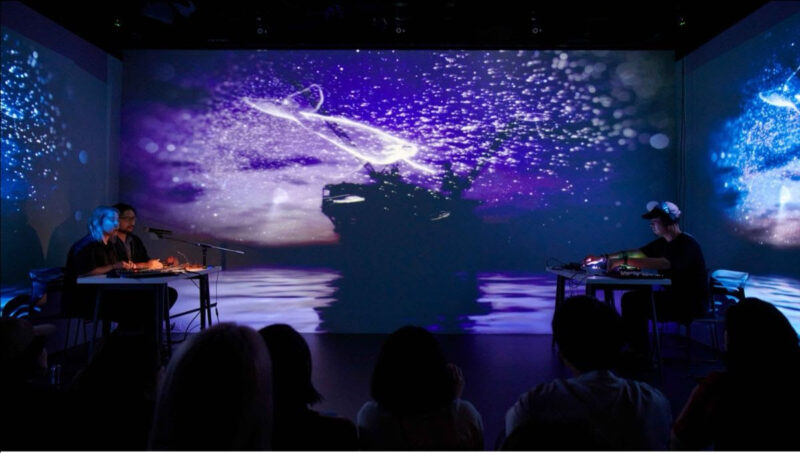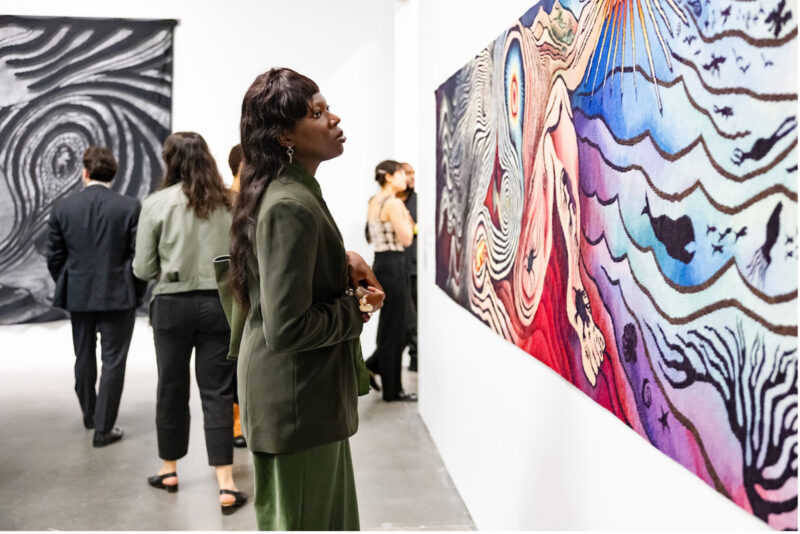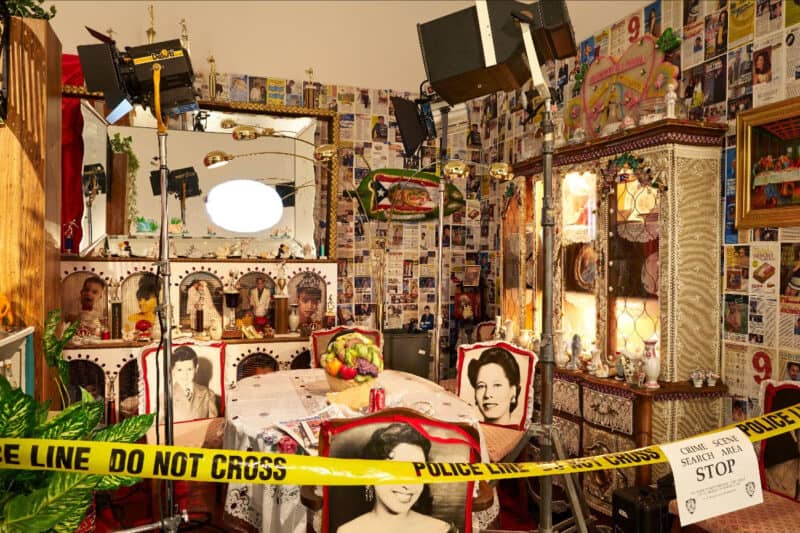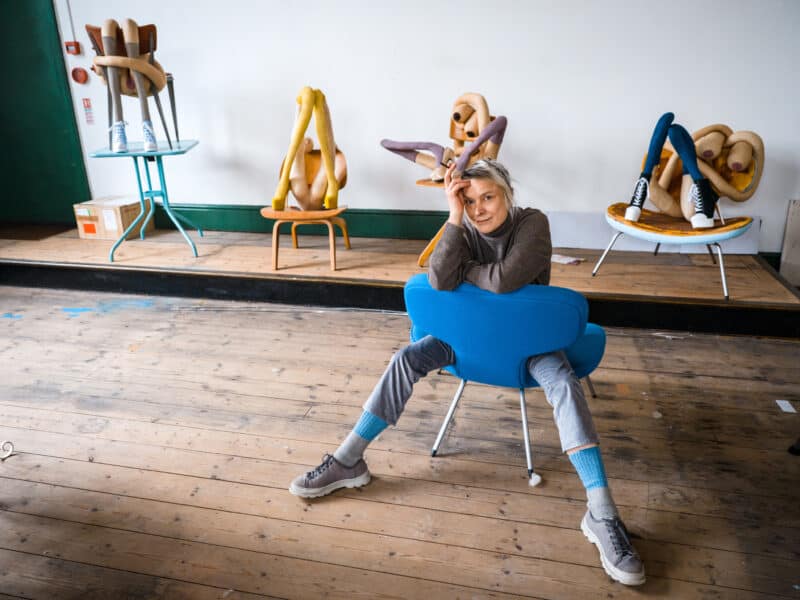The New Museum’s summer 2021 exhibition line-up features three monographic presentations installed in the Museum’s main galleries. On the Second Floor, “Lynn Hershman Leeson: Twisted” is the artist’s first solo exhibition at a New York museum. On the Third Floor, “Wong Ping: Your Silent Neighbor” is the first American survey of work by the Hong Kong-based artist. On the Museum’s Fourth Floor, “Ed Atkins: Get Life/Love’s Work” comprises a new
commission by the acclaimed British artist.
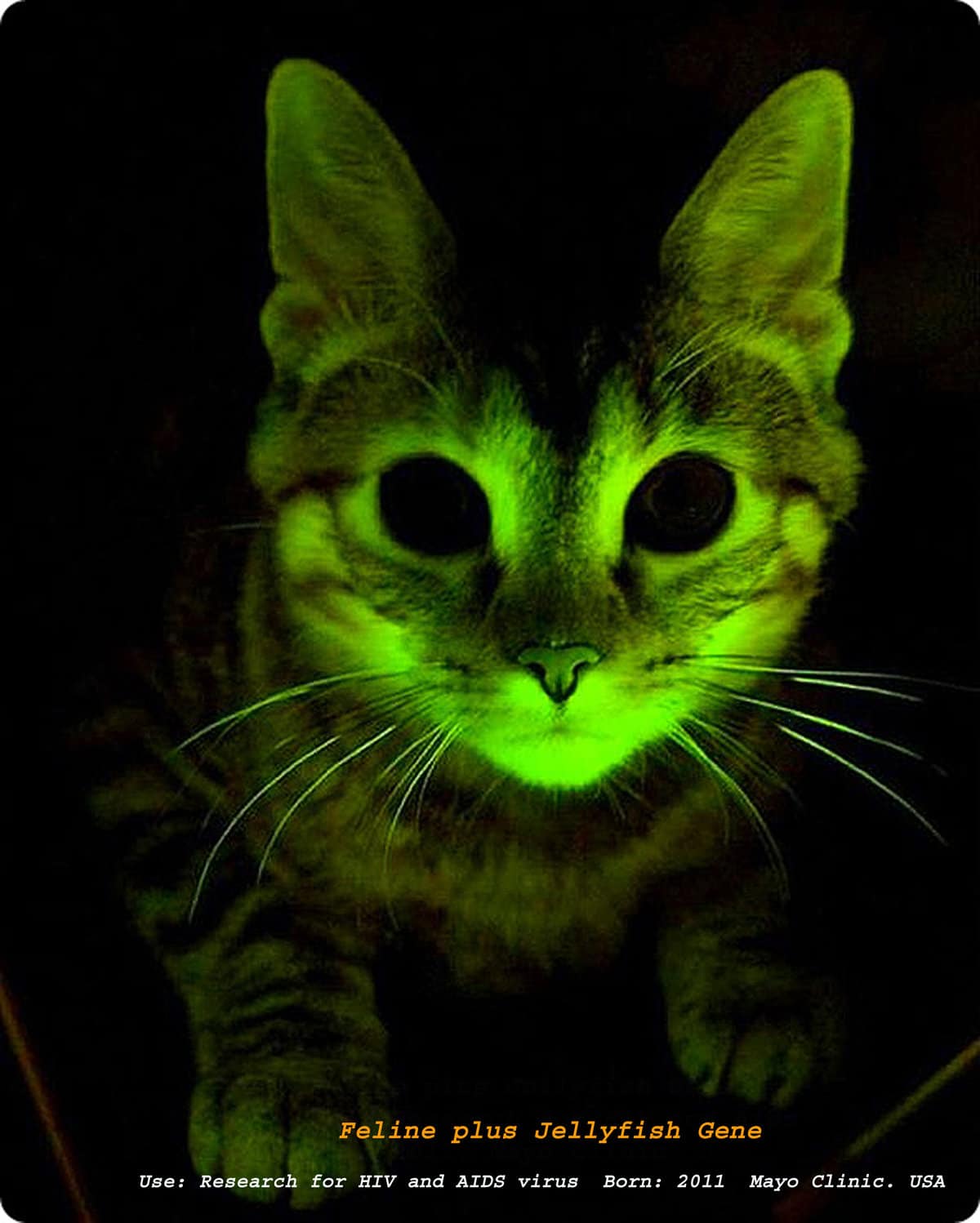
Lynn Hershman Leeson, The Infinity Engine: Genetically Modified Cat, 2014. Archival digital print, 40 x 30 in (101.6 x 76.2 cm). Courtesy the artist; Bridget Donahue Gallery, New York; and Altman Siegel, San Francisco
Lynn Hershman Leeson: Twisted– October 3rd 2021
For over fifty years, Lynn Hershman Leeson (b. 1941, Cleveland, OH) has created an innovative and prescient body of work that mines the intersections between technology and the self. Known for her groundbreaking contributions to media art, Hershman Leeson has consistently worked with the latest technologies, from artificial intelligence to DNA programming, often anticipating their impact on society. As the artist posited in 1998, “Imagine a world in which there is a blurring between the soul and the chip, a world in which artificially implanted DNA is genetically bred to create an enlightened and self-replicating intelligent machine, which perhaps uses a human body as a vehicle for mobility.”
The exhibition brings together a selection of Hershman Leeson’s wide-ranging work in drawing, sculpture, video, and photography, along with interactive and net-based works, focusing on themes of transmutation, identity construction, and the cyborg self. The presentation includes over sixty early drawings and wax-cast sculptures from the 1960s; her well-known durational performance project Roberta Breitmore series (1972– 79), selections from her series Water Women (1976–present), Phantom Limb (1985–88), and Cyborg (1996– 2006), among others, as well as video works from the 1970s through the present.
The exhibition also features Hershman Leeson’s most recent large-scale project, The Infinity Engine (2014– present), a multimedia installation based on a genetics laboratory that explores the impact of genetic engineering on society; and a new commission, Twisted Gravity (2020–2021), produced in collaboration with the Wyss Institute at Harvard University, that incorporates new technologies to purify toxicities in water. Together, the works in the exhibition trace the ever-intertwined relationship between the technological and the corporeal, illuminating the political and social consequences of scientific advances on our most intimate lives. “Twisted” is curated by Margot Norton, Allen and Lola Goldring Curator, and is accompanied by a fully illustrated catalogue with contributions by Karen Archey, Martine Syms, texts by Lynn Hershman Leeson, and an interview with the artist conducted by Margot Norton.
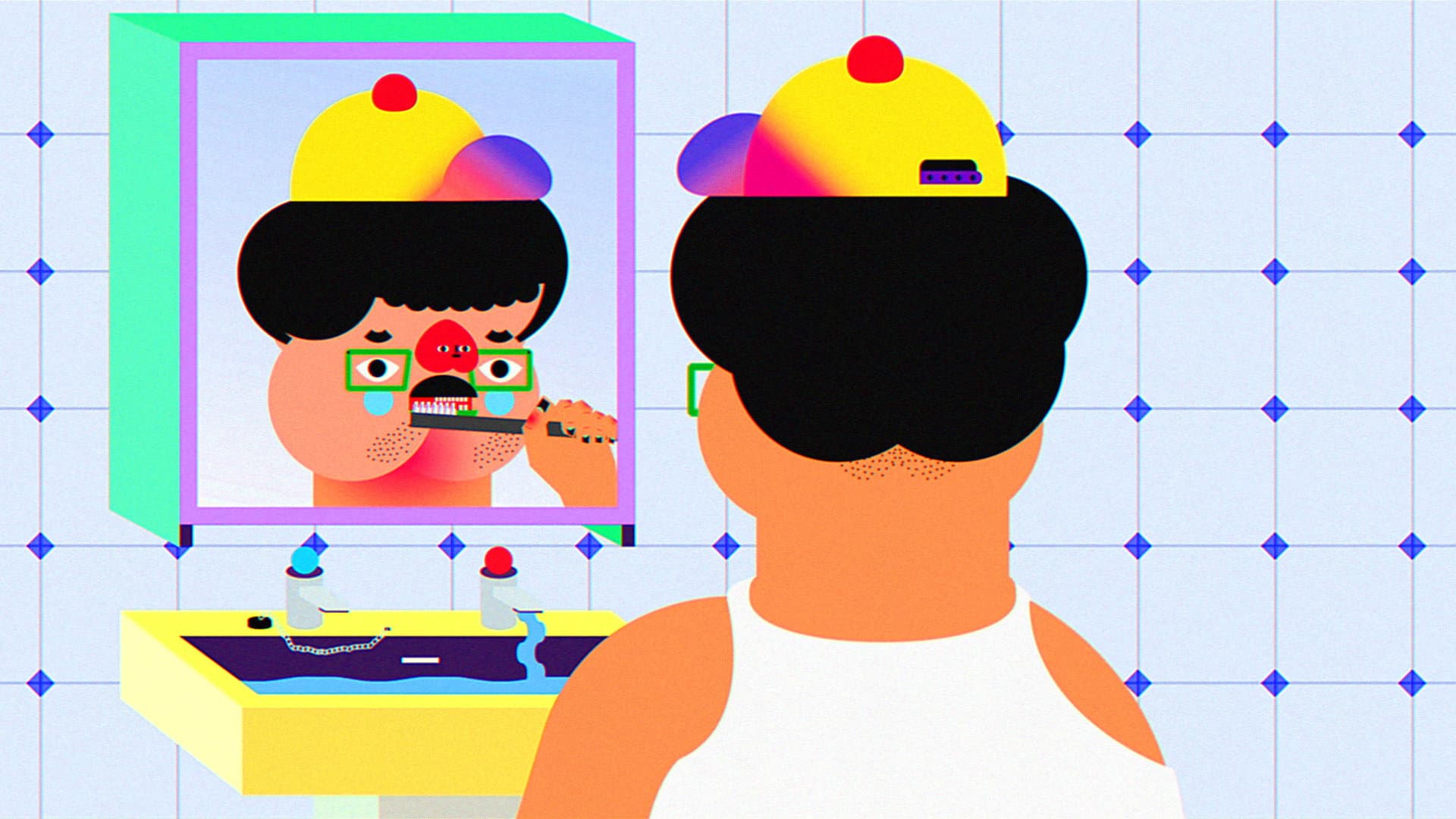
Wong Ping: Your Silent Neighbor – October 3rd 2021
Over the past ten years, Wong Ping (b. 1984, Hong Kong) has developed a highly personal, self-taught style of animation to craft tales of individual desire, societal pressure, and political upheaval. Before his colorful and sometimes disturbing stories of life in Hong Kong received mainstream attention from the art world, the artist
worked in television broadcasting and commercial animation. Although his videos may at first recall children’s cartoons, Wong’s work emerges from his own written stories and journals, revealing the aspirations and anxieties of everyday residents of Hong Kong through surreal narratives and a bizarre cast of anthropomorphic
characters.
Filling the Museum’s Third Floor galleries, this exhibition brings together a selection of new and recent works by Wong from across his experimental oeuvre, including Jungle of Desire (2015), a video that tells the story of a homemaker turned sex worker whose exchanges with her police-officer client are voyeuristically observed by her husband.
Other earlier works in the show include, Who’s the Daddy?, a tale of love and parenthood in the digital age; and Wong Ping’s Fables 2 (2019), the second of Wong’s takes on traditional fairy tales in which a variety of creatures learn valuable lessons about living in the complex sociopolitical landscape of contemporary Hong Kong. The first of Wong’s Fables premiered in the New Museum’s “2018 Triennial: Songs for Sabotage.” The presentation includes the debut of a new video and photographic wall mural by the artist commissioned for the exhibition.
The exhibition is curated by Gary Carrion-Murayari, Kraus Family Curator, with Francesca Altamura, former Curatorial Assistant, and is accompanied by a fully illustrated catalogue, the artist’s first, with an essay by Carrion-Murayari; an interview with the artist conducted by Tobias Berger of Tai Kwun Centre for Heritage and Arts, Hong Kong; and a special contribution by artist David Horvitz
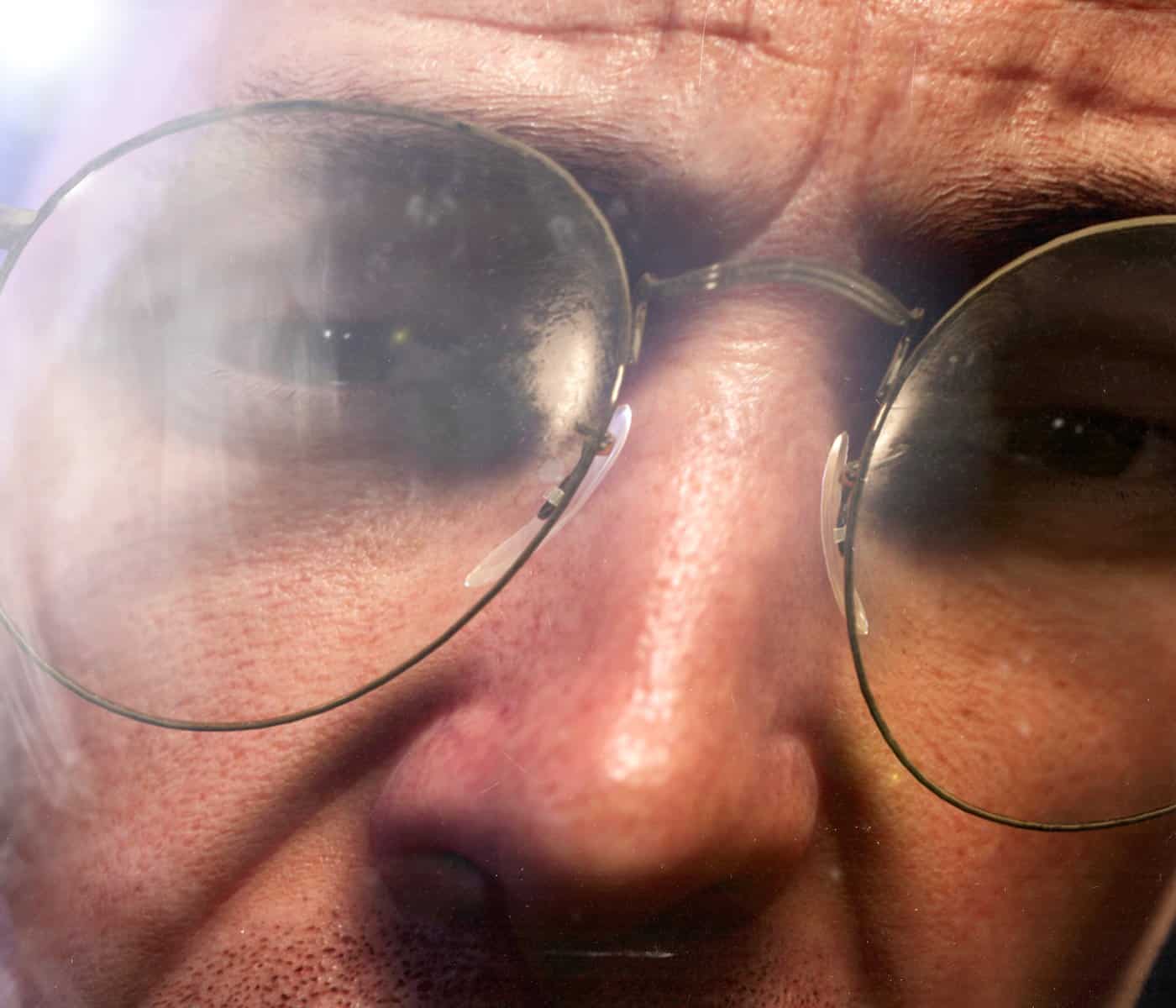
Ed Atkins The Worm, 2021 (production still). Video projection with sound, 12:40 min. Courtesy the artist
Commissioned and produced by the New Museum and Nokia Bell Labs / Experiments in Art and Technologies
Ed Atkins: Get Life/Love’s Work – October 3rd 2021
Over the past decade, Ed Atkins (b. 1982, Oxford, United Kingdom) has created a complex body of work that considers the relationship between the corporeal and the digital, the ordinary and the uncanny, through highdefinition computer-generated (CG) animations, theatrical environments, elliptical writings, and syncopated sound montages. With these filmic and text-based artworks, Atkins tracks forms of feeling, living, and communicating hidden behind or curtailed by technological representation, which unfold into sensitive and often somber narratives.
At the New Museum, Atkins premieres a new project that focuses on the ways bodies and technologies are
intertwined, particularly in the field of digital communication and telepresence. As always in Atkins’s work, technology is analyzed as a theoretical and even allegorical interrogation of itself, rather than in any literal terms.
Installed in the Museum’s Fourth Floor gallery, the exhibition debuts a new body of work made with technologies that profess to “capture” life. The central piece of the exhibition is a CG animation recorded using motion- and facial-capture technologies documenting an interview between the artist and his mother, which was shot in the months of lockdown during the Covid-19 pandemic. In the video the artist’s features are translated into those of a digital alter ego, inevitably raising questions about authenticity and sophistication, while suggesting that electronic avatars might be capable of developing personal relationships and forms of affection.
Weaving together a variety of references—ranging from British playwright Dennis Potter’s last televised interview, to English philosopher Gillian Rose’s memoir Love’s Work, to autobiographical digressions—the exhibition composes what the artist describes as an “essay about distance.” The exhibition reflects on the ways in which technologies designed to facilitate connection and representation paradoxically expose loss and underscore separation.
The newly commissioned video is presented within an estranged domestic scene of wooden panels, embroideries, paintings, and text compositions—the latter made in collaboration with the anonymous author project, Contemporary Art Writing Daily. The embroideries incorporate an alphabetized version of the diary kept by the artist’s father as he was dying of cancer and a series of texts written by GPT-3, an Artificial Intelligence language prediction model that the artist fed with writings by French playwright Antonin Artaud and Japanese court lady Sei Shonagon.
This ensemble of works not only probes certain limits of communication and empathy; it also reimagines constituent technologies simultaneously as forms of comfort and existential threat. Combining computer data and concrete matter, Atkins tests the borders of digital simulation and proximity, looking at how technology both mediates intimacy and shapes human relationships. “I think of it as augmented and simulated sentiment, comparing and supplementing it with those objects and materials we might more familiarly expect to surrogate our love,” the artist explains.
“Get Life/Love’s Work” has been commissioned as part of a series of partnerships developed in collaboration with scientists, engineers, and researchers from the Experiments in Art and Technology (E.A.T.) program a Nokia Bell Labs. Inspired by the pioneering legacy of E.A.T., the series aims to channel the interdisciplinary spirit initiated in the 1960s by Bell Labs engineers in collaboration with artists such as John Cage, Lucinda Childs, Marta Minujín, Robert Rauschenberg, and Stan VanDerBeek, among others. “Get Life/Love’s Work” is curated by Massimiliano Gioni, Edlis Neeson Artistic Director, and is accompanied by a fully illustrated catalogue published by the New Museum. The catalogue includes an interview with the artist, conducted by Gioni, a conversation between Julie Martin and Madeline Weisburg, and newly commissioned texts by Erika Balsom and Mark Leckey

